How To Record Video On Screen With Sound?
Recording video on your screen with sound is a common requirement for many users, whether for creating tutorials, capturing gameplay, or recording video calls. This article will guide you through the process of screen recording with sound on various devices and platforms, including Windows, macOS, iOS, and Android. We will also cover some of the best software and tools available for this purpose, ensuring you can find a solution that fits your needs.
Understanding the Basics of Screen Recording
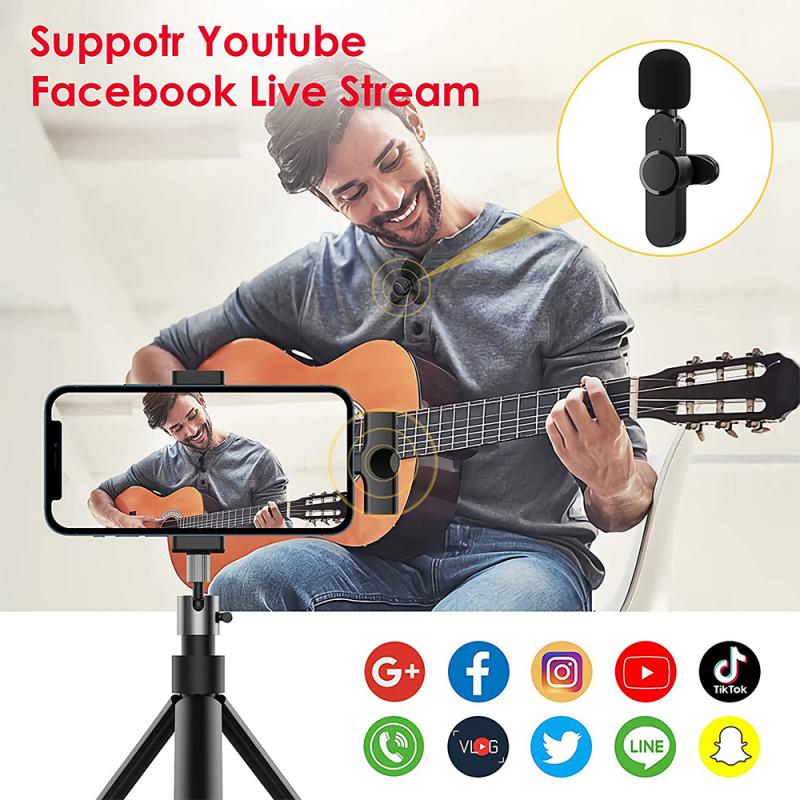
Before diving into the specific methods for different devices, it's essential to understand the basic components of screen recording:
1. Screen Capture: This involves recording the visual content displayed on your screen.
2. Audio Capture: This includes recording system sounds, microphone input, or both.
Screen Recording on Windows
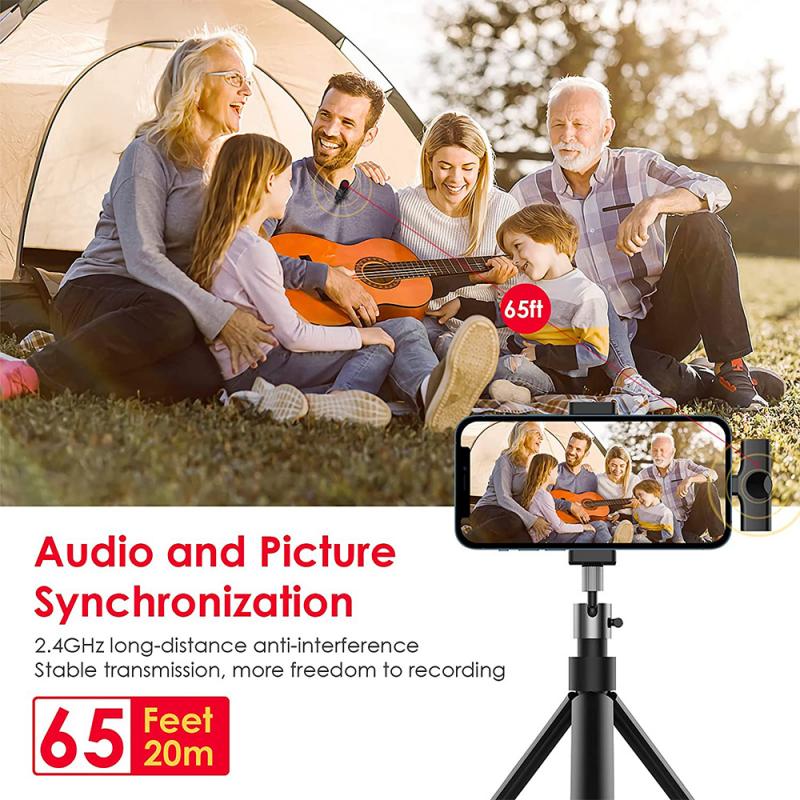
Windows offers several options for screen recording, ranging from built-in tools to third-party software.
Using Xbox Game Bar

Windows 10 and later versions come with the Xbox Game Bar, a built-in tool primarily designed for gamers but useful for general screen recording as well.
1. Open Xbox Game Bar: Press `Win + G` to open the Xbox Game Bar.
2. Start Recording: Click on the "Capture" widget and then the "Record" button (a circle icon). You can also press `Win + Alt + R` to start recording immediately.
3. Stop Recording: Click the "Stop" button or press `Win + Alt + R` again.
4. Access Recordings: Your recordings will be saved in the "Captures" folder within the "Videos" library.
Using OBS Studio
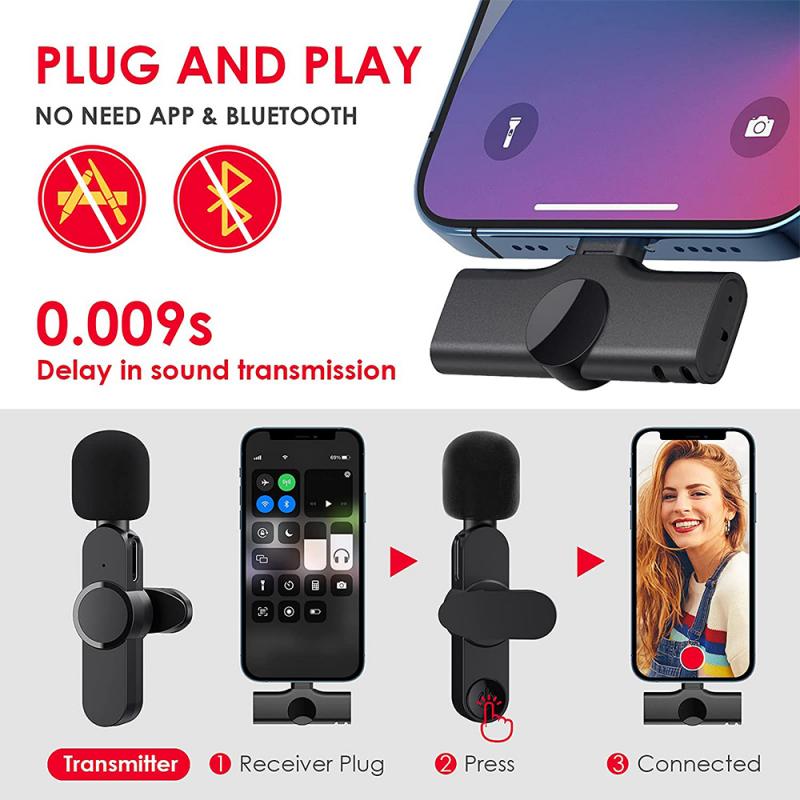
OBS Studio is a free, open-source software that offers advanced screen recording and live streaming capabilities.
1. Download and Install OBS Studio: Visit the OBS Studio website and download the installer for Windows.
2. Set Up a New Scene: Open OBS Studio and create a new scene by clicking the "+" button under the "Scenes" box.
3. Add Sources: Click the "+" button under the "Sources" box and add "Display Capture" for screen recording and "Audio Input Capture" for microphone input.
4. Start Recording: Click the "Start Recording" button on the right side of the interface.
5. Stop Recording: Click the "Stop Recording" button when you're done.
Screen Recording on macOS
macOS also provides built-in tools for screen recording, along with third-party options.
Using QuickTime Player
QuickTime Player is a versatile media player that comes pre-installed on macOS and includes screen recording functionality.
1. Open QuickTime Player: Launch QuickTime Player from the Applications folder.
2. Start a New Screen Recording: Go to `File > New Screen Recording`.
3. Configure Audio: Click the drop-down arrow next to the record button and select your microphone if you want to include audio.
4. Start Recording: Click the red record button and choose whether to record the entire screen or a selected portion.
5. Stop Recording: Click the stop button in the menu bar or press `Cmd + Ctrl + Esc`.
6. Save the Recording: QuickTime will prompt you to save the recording to your desired location.
Using ScreenFlow
ScreenFlow is a professional screen recording and video editing software for macOS.
1. Download and Install ScreenFlow: Visit the ScreenFlow website and download the installer.
2. Create a New Recording: Open ScreenFlow and click "New Recording".
3. Configure Settings: Select the screen and audio sources you want to capture.
4. Start Recording: Click the red record button.
5. Stop Recording: Click the ScreenFlow icon in the menu bar and select "Stop Record".
6. Edit and Export: Use ScreenFlow's built-in editor to make any necessary edits and export your video.
Screen Recording on iOS
iOS devices have a built-in screen recording feature that is easy to use.
1. Enable Screen Recording: Go to `Settings > Control Center > Customize Controls` and add "Screen Recording" to the Control Center.
2. Start Recording: Swipe down from the top-right corner (iPhone X and later) or swipe up from the bottom (iPhone 8 and earlier) to open the Control Center. Tap the screen recording button (a circle within a circle).
3. Include Audio: Long-press the screen recording button and tap the microphone icon to enable audio recording.
4. Stop Recording: Tap the red status bar at the top of the screen and confirm to stop recording. The video will be saved to the Photos app.
Screen Recording on Android
Android devices may vary in their screen recording capabilities, but most modern devices have built-in options.
Using Built-in Screen Recorder
Many Android devices, especially those running Android 10 and later, come with a built-in screen recorder.
1. Open Quick Settings: Swipe down from the top of the screen to access the Quick Settings menu.
2. Start Recording: Look for the screen recording icon (a camera or a circle) and tap it. If it's not visible, you may need to edit the Quick Settings to add it.
3. Configure Audio: Choose whether to record audio from the device, microphone, or both.
4. Stop Recording: Swipe down to access the notification panel and tap the stop button. The recording will be saved to your gallery.
Using AZ Screen Recorder
AZ Screen Recorder is a popular third-party app for screen recording on Android.
1. Download and Install AZ Screen Recorder: Visit the Google Play Store and download the app.
2. Open the App: Launch AZ Screen Recorder and grant the necessary permissions.
3. Start Recording: Tap the record button in the app's overlay menu.
4. Configure Audio: Ensure that the microphone icon is enabled if you want to record audio.
5. Stop Recording: Tap the stop button in the notification panel. The video will be saved to your gallery.
Tips for High-Quality Screen Recordings
1. Plan Your Content: Outline what you want to record to ensure a smooth and coherent video.
2. Check Audio Levels: Test your microphone and system audio levels to avoid distortion or low volume.
3. Use a Quiet Environment: Minimize background noise to improve audio quality.
4. Edit Your Video: Use video editing software to trim unnecessary parts, add annotations, and enhance the overall quality.
Recording your screen with sound is a valuable skill for various purposes, from creating educational content to capturing memorable moments in games. By understanding the tools and methods available on different platforms, you can choose the best approach for your needs. Whether you use built-in features or third-party software, the key is to plan your recording, ensure good audio quality, and make any necessary edits to produce a polished final product. With these tips and techniques, you'll be well-equipped to create high-quality screen recordings with sound.




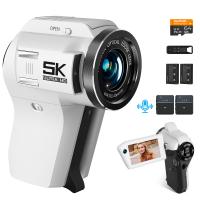
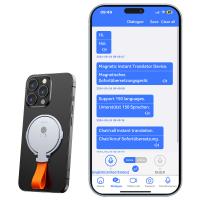
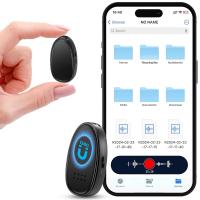


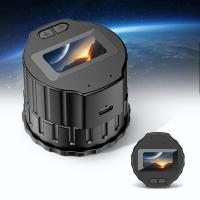





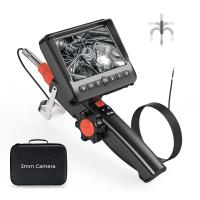


![【$25.99 Flash Deal One order per customer】Selfie Ring Light with Cell Phone Holder for Live Stream and Makeup, LED Light [3-Light Mode] [10-Level Brightness] with Remote Control and Flexible Hose Bracket for iPhone Android【Ship to the US Only】 【$25.99 Flash Deal One order per customer】Selfie Ring Light with Cell Phone Holder for Live Stream and Makeup, LED Light [3-Light Mode] [10-Level Brightness] with Remote Control and Flexible Hose Bracket for iPhone Android【Ship to the US Only】](https://img.kentfaith.com/cache/catalog/products/us/KF34.001/KF34.001-1-200x200.jpg)


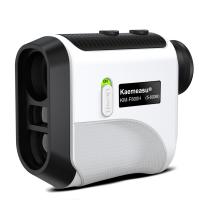
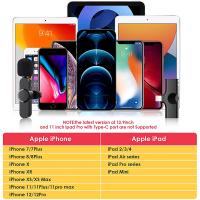





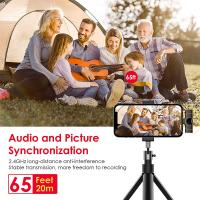
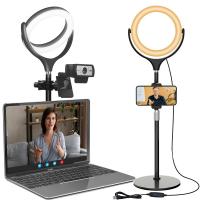
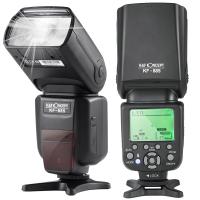
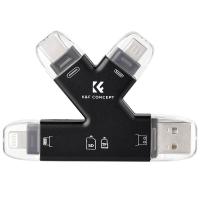

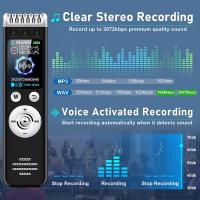



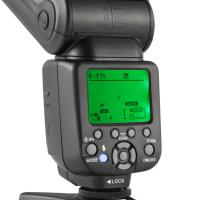


There are no comments for this blog.